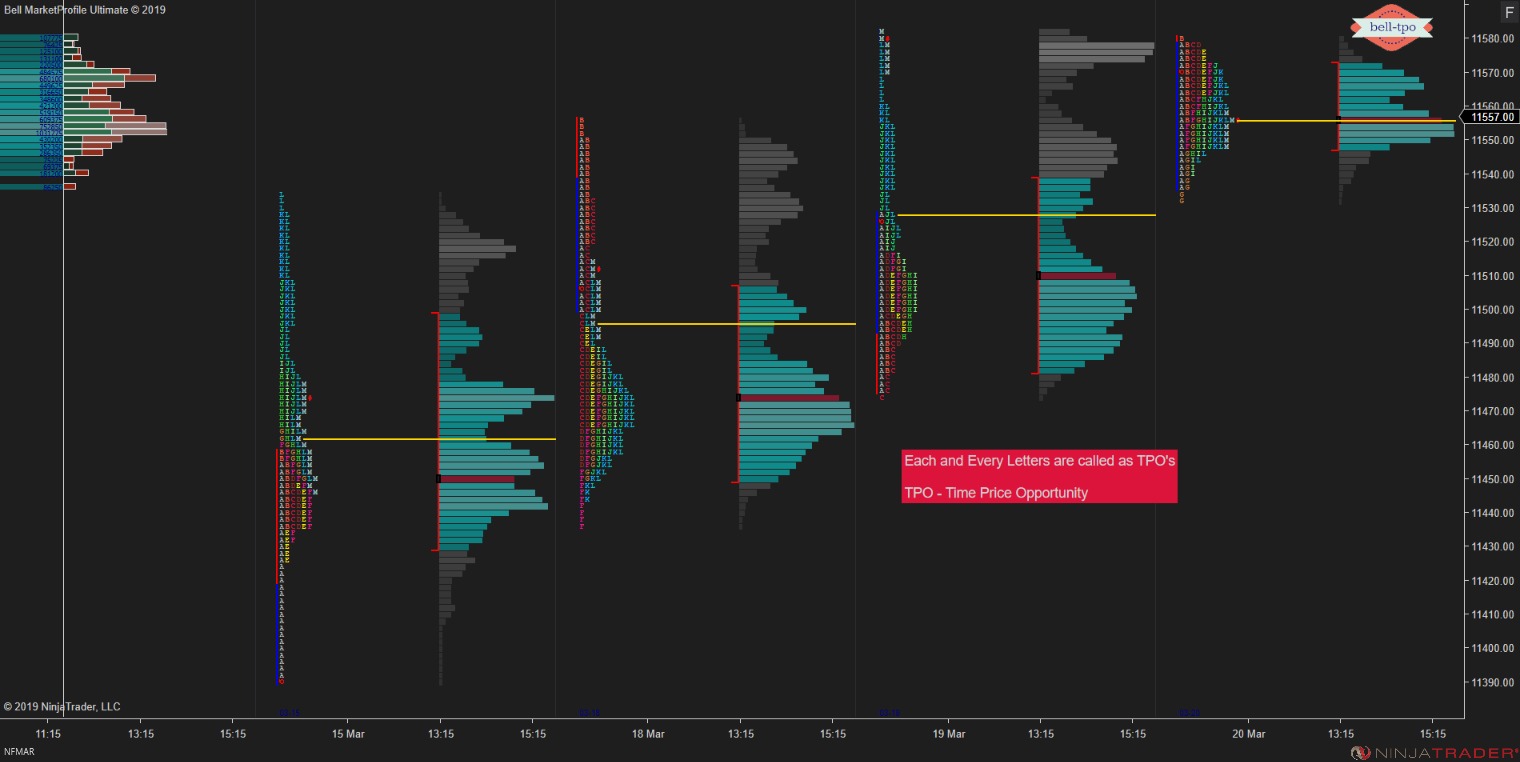Home>Finance>Sell In May And Go Away’: Definition, Statistics, And Drawbacks


Finance
Sell In May And Go Away’: Definition, Statistics, And Drawbacks
Published: January 26, 2024
Looking to sell in May and go away? Discover the finance definition, statistics, and drawbacks associated with this investment strategy.
(Many of the links in this article redirect to a specific reviewed product. Your purchase of these products through affiliate links helps to generate commission for LiveWell, at no extra cost. Learn more)
Welcome to the Finance Corner!
Have you ever heard the saying “Sell in May and Go Away”? It’s a popular phrase in the financial world that refers to a seasonal investing strategy. In this article, we will dive into the definition, statistics, and drawbacks of this strategy. So, whether you’re an experienced investor or someone just starting to explore the world of finance, keep reading to discover more about the concept of ‘Sell in May and Go Away’.
Key Takeaways:
- ‘Sell in May and Go Away’ is a seasonal investing strategy that suggests investors sell their stocks in May and re-enter the market in November.
- This strategy is based on the historical observation that stock market returns tend to be weaker between May and October compared to the other months.
Now, without further ado, let’s explore the intricacies of this popular investing strategy.
Definition:
‘Sell in May and Go Away’ is an old adage in the world of finance that suggests investors should sell their stocks in May and stay out of the market until November. This strategy is based on the observation that stock market returns during the summer months (May to October) tend to be lower compared to the rest of the year. The idea behind this theory is to avoid potential downturns and volatility that may occur during this period and re-enter the market when the historically stronger months arrive.
Statistics:
Historically, there is some evidence supporting the ‘Sell in May and Go Away’ strategy. Some studies have shown that stock market returns are indeed weaker between May and October compared to the other months. These findings have led some investors to embrace this seasonal approach as a way to potentially mitigate risks and enhance their overall returns.
However, it’s important to note that market trends are not set in stone, and past performance does not guarantee future results. While the statistics may provide some support for this strategy, it is crucial to consider other factors such as market conditions, economic indicators, and individual investment goals before implementing any investment approach.
Drawbacks:
While the ‘Sell in May and Go Away’ strategy may seem appealing to some, it is not without its drawbacks. Here are a few potential downsides to consider:
- Opportunity Cost: By completely exiting the market for several months, investors may miss out on potential gains if the market performs well during that period.
- Transaction Costs: Buying and selling stocks incurs transaction costs such as brokerage fees, which can eat into potential returns.
- Timing Risk: Timing the market consistently is difficult, if not impossible. There is always a risk that the investor might sell at a low point and re-enter the market when it’s already on the rise.
- Emotional Stress: Constantly exiting and re-entering the market based on seasonal trends can lead to emotional stress and potentially impulsive investment decisions.
It is important to carefully evaluate these drawbacks and consider them alongside the potential benefits before adopting any investment strategy.
In Conclusion:
The idea of ‘Sell in May and Go Away’ has gained popularity as a seasonal investing strategy, but it is not without its limitations. While there are statistics supporting the theory, it is important to approach any investment strategy with caution and consider individual circumstances and risk tolerance. Remember, the decision to buy, sell, or hold investments should always be based on thorough research, careful consideration, and a well-defined investment strategy.
We hope this article has shed some light on the concept of ‘Sell in May and Go Away’. Stay tuned for more exciting topics in the world of finance in our Finance Corner category! Happy investing!














